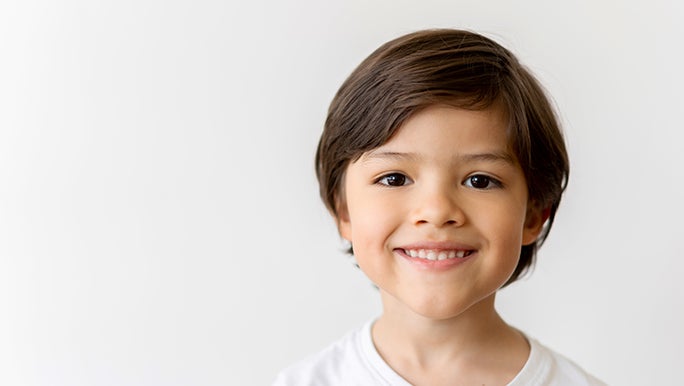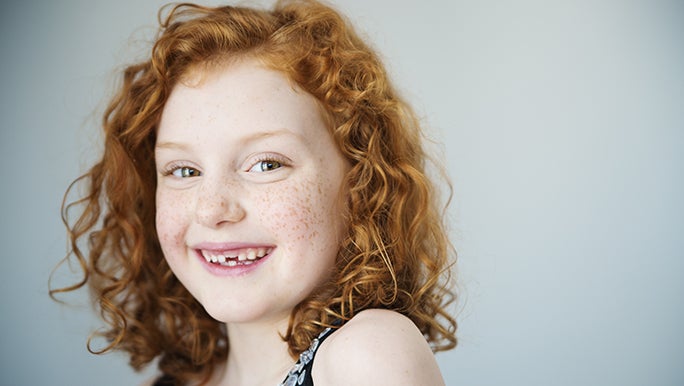14 October 2021|
“And what do we say to Grandma when she gives you a present?” you ask your eight-year-old while silently willing them to say thank you.
Sound familiar? Teaching your kids manners is one thing, but how can we teach them to truly feel grateful for the good things in their lives?
Conscious Parenting Coach and Emotional Intelligence Trainer Anna Davis shares some creative ways to foster gratitude in kids (instead of just the usual advice to buy gratitude journals for kids).
But first, let’s explore the benefits of gratitude practices for kids.

As the initial research suggests, children from as young as five may start to connect gratitude with happiness.
Recently, researchers reviewed the scientific literature on gratitude. The results of their review suggest that gratitude may have positive benefits for adults on their wellbeing, happiness and life satisfaction.
However, very little research has been done on the benefits of practising gratitude for kids. Nevertheless, the initial research suggests:

Using the prompts, ask your kids to look for a person or thing that inspires gratitude.
Try these beautiful and unique ways to help you and your kids enjoy practising gratitude together.
As a parenting coach, Anna recommends starting a family gratitude ritual while having dinner.
“It’s a great time because you’re all already sitting together and it won’t feel like you’re making your kids do another one of your mindfulness activities,” she says with a laugh.
To participate, each family member should answer these four questions:
Anna says these questions are designed to help get children to talk about all of their day and appreciate the wonderful things while accepting the unpleasant things that happen in their lives.
“The best way to teach children gratitude is to stop protecting them from the upsetting, unhappy, uncomfortable or painful experiences they have throughout their days. Start talking about the “good” and “bad” experiences they have,” she explains.
As a result, Anna says children may start to feel, understand, accept and process the difference between these experiences.
They may also develop an intrinsic understanding of gratitude rather than inauthentic forced gratitude.

The best way to teach children gratitude is to stop protecting them from the upsetting, unhappy, uncomfortable or painful experiences.
Encourage your kids to notice the things in their life that they’re grateful for in a gratitude scavenger hunt. Print this free, online ‘Gratitude Search’ activity prompt designed by the Harvard Graduate School of Education to teach kids about gratitude.
Using the prompts, ask your kids to look for a person or thing that inspires gratitude. To help develop their understanding, talk to them about your own experiences of gratitude.
You could add this activity onto your family or kids’ routine charts to remind yourselves to practice gratitude more often.
Pull out the crayons and safety scissors! Crafting with your kids is a fun way to practice gratitude. You could:

To help develop their understanding, talk to them about your own experiences of gratitude.
As the initial research suggests, children from as young as five may start to connect gratitude with happiness and grateful teens may be more satisfied and optimistic about life.
Try some of the creative gratitude activities above to help your kids enjoy practising gratitude while building a foundation of thankfulness that they can draw on throughout their lives.
Related:
Anna Davis is a Conscious Parenting Coach and EQ Trainer who arms parents with the tools they need to cultivate deeper connection, lower stress levels and create calm in their households.
Reviewed by the healthylife Advisory Board September 2021.